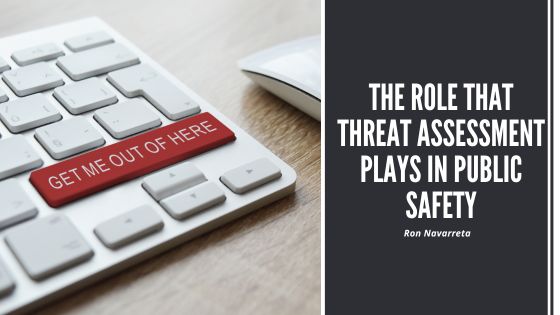Threat assessment has become an essential tool in public safety. It offers a systematic approach to identifying, evaluating, and managing potential threats. By proactively analyzing behaviors and circumstances that could lead to violent incidents, threat assessment aims to prevent harm before it occurs. It’s widely used in schools, workplaces, and public spaces to enhance safety and prevent tragic events.
Understanding Threat Assessment
Threat assessment gathers information to determine whether a person or group poses a potential threat. It involves evaluating behavior, background, and context to understand the threat’s seriousness and the escalation risk. Unlike traditional profiling, which often relies on assumptions based on demographic information, threat assessment emphasizes behaviors, circumstances, and context, providing a more objective approach. Focusing on what individuals say, do, and intend avoids biases and prioritizes relevant information.
The Steps in a Threat Assessment Process
Threat assessment typically follows a systematic identification, assessment, and intervention process. In the identification phase, signs of concerning behavior are recognized, often by peers, teachers, colleagues, or family members. This might include verbal threats, social media posts, or other problematic actions that suggest a risk of violence. Next, in the assessment phase, trained professionals, such as law enforcement officers, psychologists, or threat assessment specialists, analyze these signs. They look for patterns, risk factors, and triggers that could lead to escalation. This phase often includes speaking to people close to the individual and assessing environmental factors to build a comprehensive picture of the threat. Finally, the intervention phase involves taking action to reduce the risk. This might include counseling, conflict resolution, or even law enforcement intervention, depending on the level of risk.
Real-World Applications
One area where threat assessment has been highly effective is in schools. Educational institutions have increasingly adopted threat assessment programs to prevent school violence. When students display warning signs, such as bullying, withdrawal, or direct threats, trained professionals work to assess and intervene before situations escalate. Similarly, workplaces are implementing threat assessment programs to handle harassment and threats. In these settings, threat assessment helps maintain a safer environment by identifying individuals who may pose a risk and offering appropriate resources or interventions to address underlying issues.
In the public sector, threat assessment is critical in events and crowded spaces like concerts, airports, and rallies, where security teams constantly monitor and assess potential threats. For instance, crowd behavior, unattended objects, or suspicious actions are carefully observed, allowing security personnel to make real-time risk decisions.
The Benefits of Proactive Threat Assessment
Proactive threat assessment can prevent violence, reduce harm, and provide peace of mind. By addressing concerning behaviors before they escalate, communities can avoid incidents that endanger lives and reduce the need for reactive measures, such as emergency law enforcement or medical response. It also promotes a sense of security, encouraging people to report concerns early, knowing they will be handled thoughtfully.
Looking Ahead
Threat assessment is a powerful tool for enhancing public safety yet it requires consistent training, collaboration, and public awareness. When institutions, communities, and individuals unite to prioritize proactive threat assessment, the likelihood of preventing violence increases, creating safer spaces for all. Threat assessment fosters early intervention and support and provides a humane, effective, and preventative approach to public safety in today’s complex world.

